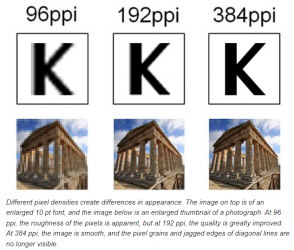- Joined
- Jun 10, 2014
- Messages
- 3,126 (0.77/day)
| Processor | AMD Ryzen 9 5900X ||| Intel Core i7-3930K |
|---|---|
| Motherboard | ASUS ProArt B550-CREATOR ||| Asus P9X79 WS |
| Cooling | Noctua NH-U14S ||| Be Quiet Pure Rock |
| Memory | Crucial 2 x 16 GB 3200 MHz ||| Corsair 8 x 8 GB 1333 MHz |
| Video Card(s) | MSI GTX 1060 3GB ||| MSI GTX 680 4GB |
| Storage | Samsung 970 PRO 512 GB + 1 TB ||| Intel 545s 512 GB + 256 GB |
| Display(s) | Asus ROG Swift PG278QR 27" ||| Eizo EV2416W 24" |
| Case | Fractal Design Define 7 XL x 2 |
| Audio Device(s) | Cambridge Audio DacMagic Plus |
| Power Supply | Seasonic Focus PX-850 x 2 |
| Mouse | Razer Abyssus |
| Keyboard | CM Storm QuickFire XT |
| Software | Ubuntu |
No, you don't understand the technical details. Only CRTs have burn-in. Burn-in means the pixel is physically burned and is destroyed.Technically yes, it's burnout not burn-in but burn-in is what it's been called for almost a century now, deal with it.
The uneven wear for OLEDs on plasmas can be "reversed" by applying wear to the rest of the screen to even out the problem, or even just changing your usage of the screen. Uneven wear is much less of a problem for OLED than plasmas, where in OLED it's mostly tied to very bright areas.
And FYI, LCDs also have wear on pixels, typically causes by sharp lines of contrast over time, causing the TFT panel to wear out in those spots, creating lines or shadows. Ironically, this is closer to a "burn-in" than anything that can happen on an OLED display.







